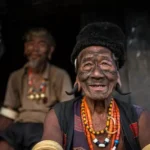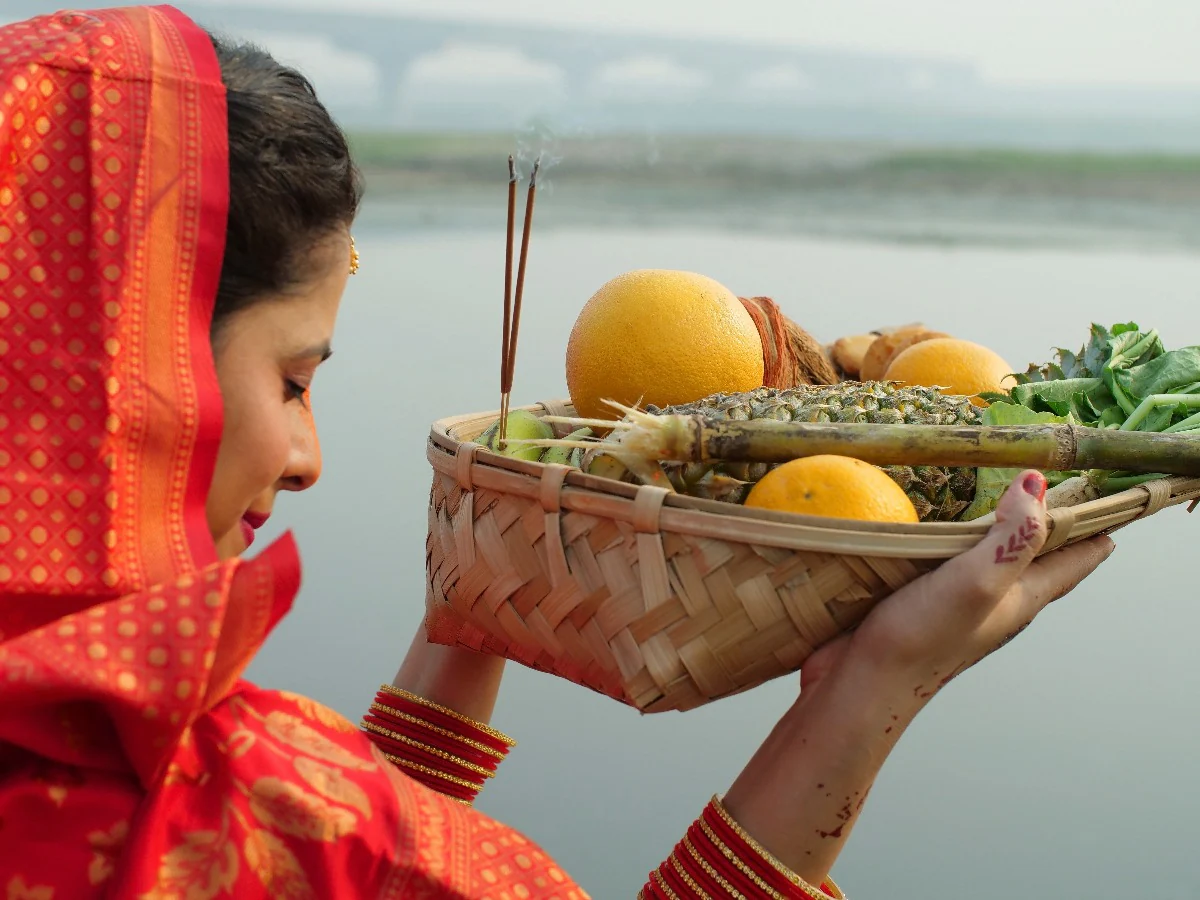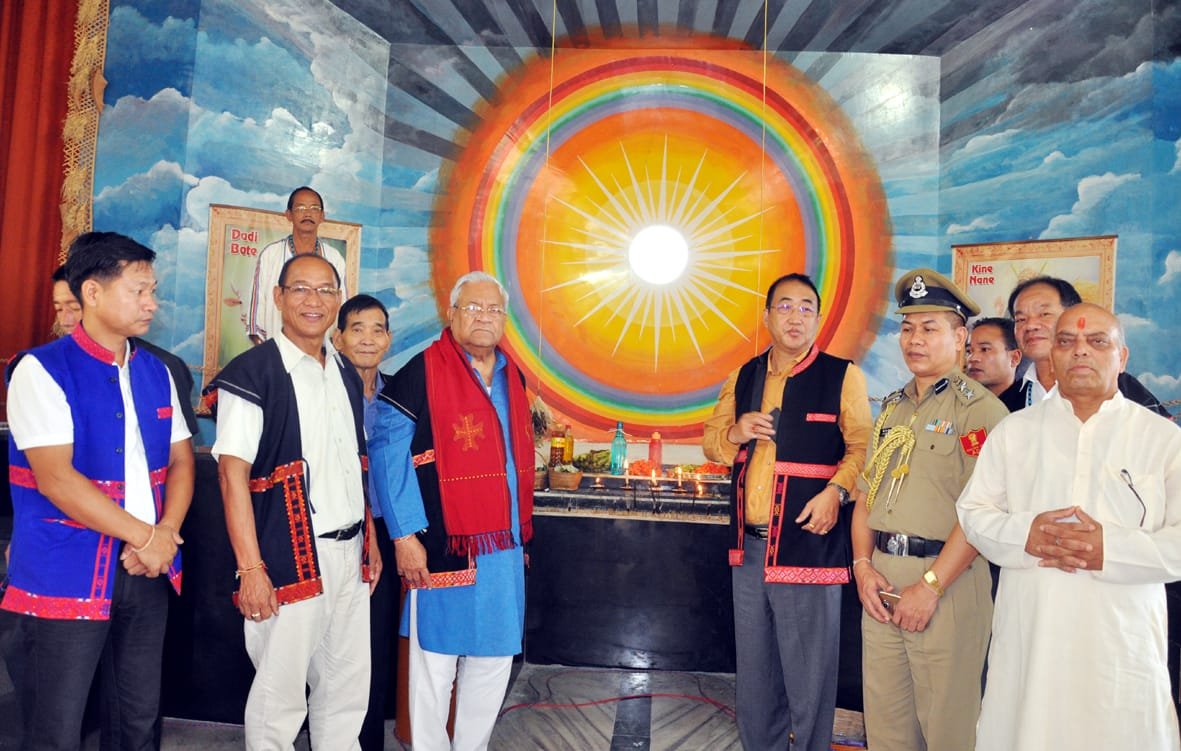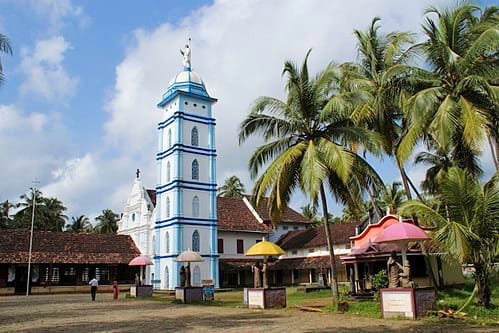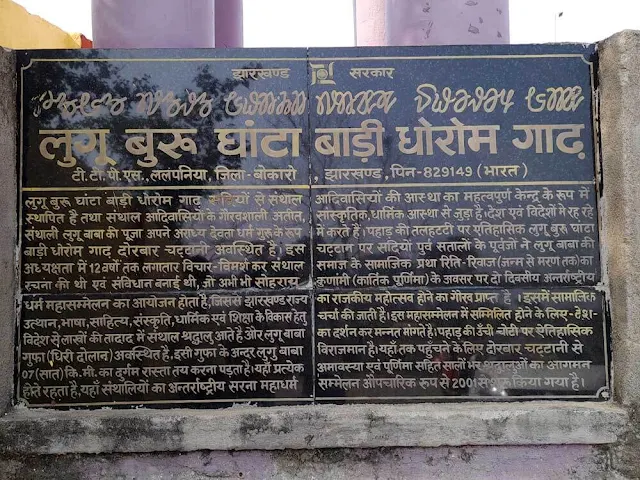As the golden rays of the setting sun kiss the horizon, millions of devotees across India and beyond stand waist-deep in sacred waters, their hands raised in offering to the celestial source of all life. This is Chhath Puja—a four-day ancient Hindu festival that is more than just a ritual; it is a profound testament to faith, discipline, and the deep bond between humanity and nature.
Primarily observed in the Indian states of Bihar, Jharkhand, and Eastern Uttar Pradesh, as well as in Nepal, Chhath has now found devotees in every corner of the globe where the diaspora resides. Unlike many festivals, Chhath is unique in its direct veneration of the Sun God (Surya Dev) and his consort, Chhathi Maiya (Usha, the first light of dawn), without the mediation of a priest.
The Significance: Why Worship the Sun?
The Sun is the ultimate source of energy, sustaining all life on Earth. Chhath Puja is a scientific and spiritual expression of gratitude for this life-giving force. It is believed that the rituals of Chhath help to detoxify the body and mind, improve immunity, and bring prosperity and well-being to the family. The festival is especially significant for the fulfillment of wishes, particularly for the longevity and health of children.
The Four Days of Austere Devotion
Chhath is marked by strict observance, purity, and rigorous rituals spanning four days.
Day 1: Nahay Khay (Bathing and Eating)
The first day begins with a holy dip in a river or pond.The devotees, known as Vratis, clean their homes and prepare a strict vegetarian meal, typically consisting of rice, lentils, and bottle gourd. This meal is consumed only once during the day, marking the beginning of the fast.
Day 2: Kharna (The Day of Fasting)
On the second day,the Vratis observe a strict fast without water for the entire day. As the day ends, they prepare a special Prasad of kheer (sweet rice pudding) and puri (deep-fried bread). After offering it to the setting sun, the family breaks their fast with this sacred food.
Day 3: Sandhya Arghya (Evening Offerings)
This is the most important and visually stunning day of the festival.The entire family accompanies the Vratis to the riverbank or a water body in the evening. They carry soops (bamboo baskets) filled with offerings: thekua (a traditional cookie), fruits, sugarcane, and coconuts. As the sun sets, devotees stand in water and offer Arghya (offerings) to the setting sun, singing ancient folk songs that echo with devotion and reverence.
Day 4: Usha Arghya (Morning Offerings)
Before the break of dawn,the devotees return to the same riverbank, this time to offer prayers to the rising sun. This ritual, performed in the serene and hopeful light of dawn, symbolizes the cycle of life and the blessings of a new beginning. After the offerings, the fast is broken, and the Prasad is distributed among family and friends.
The Science Behind the Faith
While Chhath is a deeply spiritual festival, its rituals are rooted in scientific principles. Standing in water and exposing the body to the sun during the low-radiation periods of sunrise and sunset helps in the synthesis of Vitamin D, which is crucial for calcium absorption and bone health. The controlled fasting allows the body to detoxify and improves digestion. The entire process is a natural way to rejuvenate the body’s systems.
More Than a Festival: A Cultural Tapestry
Chhath Puja is a beautiful expression of egalitarian culture. It transcends social and economic barriers, with everyone participating with equal fervor. The festival is a vibrant community event, strengthening social bonds. The banks of rivers transform into a mosaic of colorful clothes, rhythmic folk songs, and the shared spirit of devotion.
It is also a powerful celebration of womanhood. While men participate actively, the Vratis are predominantly women, who undertake this arduous fast for the well-being of their families, showcasing immense strength and dedication.
In a world increasingly disconnected from nature, Chhath Puja stands as a powerful reminder of our intrinsic bond with the natural elements. It is a festival that marries rigorous discipline with profound devotion, science with spirituality, and individual prayer with collective celebration. As the echoes of the Chhath songs fade by the riverbank, they leave behind a renewed sense of peace, gratitude, and the timeless blessing of the Sun God.



